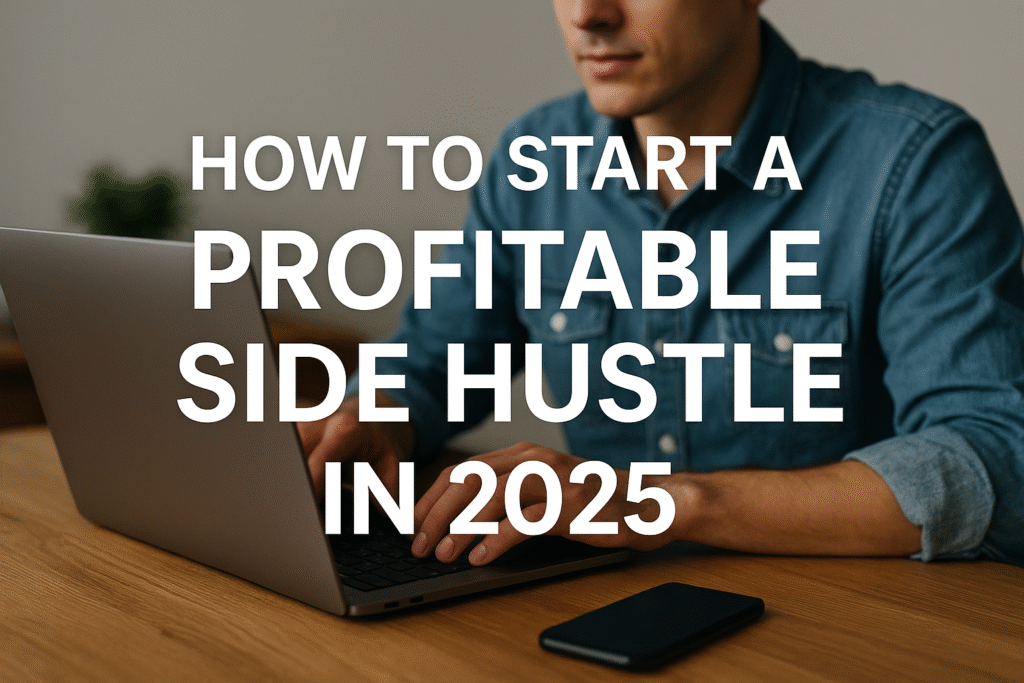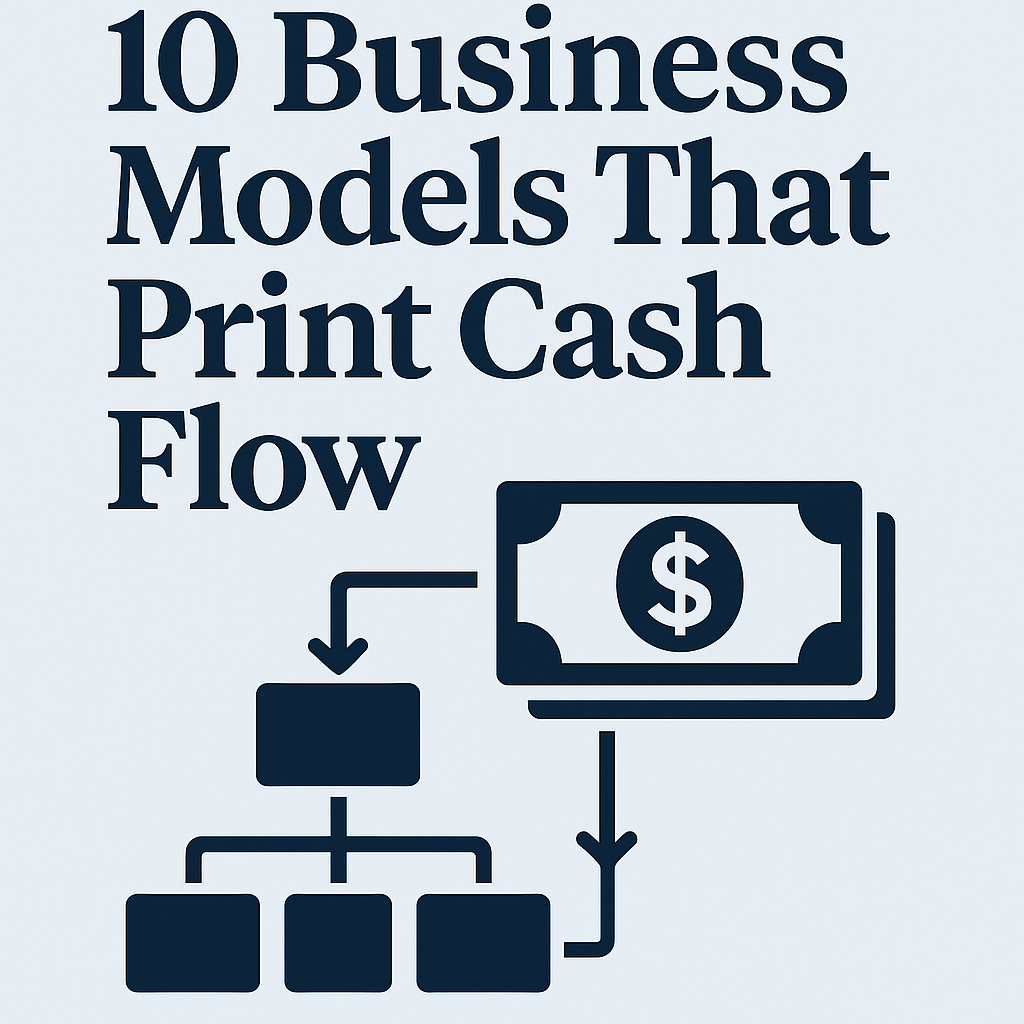Ever wondered why prices often end in “.99”? Or why restaurants have one expensive dish no one orders?
That’s not random — it’s psychology at work.
Behind every price tag, there’s a subtle strategy designed to influence how customers think, feel, and spend.
In business, understanding the psychology of pricing can be the difference between a product that sells out and one that gathers dust.
Let’s explore how smart entrepreneurs use psychology to make customers buy more — and happier.
1. The Magic of “.99” and Charm Pricing
One of the oldest tricks in the book still works.
People perceive $9.99 as significantly cheaper than $10, even though it’s just a cent less.
Why? Because our brains read prices from left to right — the first number has the biggest impact.
This is called “left-digit bias.”
💡 Example:
$4.99 feels like “four-something,” while $5.00 feels like “five.”
It’s emotional, not logical — and it works across nearly every industry.
Use charm pricing for consumer products, subscriptions, or services under $100.
2. Anchoring: The Power of Comparison
Anchoring is when you present a high price first — making everything else look cheaper.
Restaurants do it with their most expensive dish.
E-commerce sites do it by showing the “original price” crossed out next to a sale.
🧠 Example:
Show a premium version of your product for $199 next to your standard version for $99.
Most people will pick the $99 one — not because it’s cheap, but because it feels like a smart choice.
💬 Pro Tip: Always include a “high anchor” product to make the rest look like a deal.
3. The Decoy Effect: Guide Choices Without Saying a Word
Here’s a clever one.
If you give customers three pricing options, most will choose the middle one.
Example (The Popcorn Study):
- Small popcorn – $3
- Medium popcorn – $6.50
- Large popcorn – $7
Most people pick medium — until you add the large. Suddenly, the large seems like a bargain.
That’s the decoy effect in action.
🎯 Use it when you want to steer customers toward a specific package or plan.
(Related: 10 Business Models That Print Cash Flow)
4. Bundling: Make It Feel Like a Deal
People love value — and they hate missing out.
That’s why bundling products works so well.
Selling items together makes customers feel they’re getting more for less, even if the total price isn’t much lower.
📦 Example:
A coffee shop sells a coffee for $3 and a muffin for $2.50.
Offer a “breakfast combo” for $4.99 — suddenly, it feels like a great deal.
💡 Pro Tip: Use bundles to increase average order value (AOV) without raising prices directly.
5. The Rule of Three
Three is a magic number in pricing.
When customers see three options — basic, standard, and premium — they tend to pick the one in the middle.
This is called “choice architecture.” It helps people feel in control while subtly guiding them toward your target price.
🧠 Example:
- Basic Plan: $19/month
- Standard Plan: $39/month ✅ Most Popular
- Premium Plan: $79/month
Adding that little “Most Popular” tag boosts conversions significantly.
6. Loss Aversion: The Fear of Missing Out
Humans hate losing more than they love winning — a principle called loss aversion.
That’s why urgency and scarcity marketing are so effective.
🕐 Examples:
- “Only 2 seats left at this price!”
- “Offer ends tonight!”
- “Save $20 if you order before midnight.”
Used ethically, this triggers customers to act quickly without second-guessing.
But be careful — fake scarcity can destroy trust.
7. Price Perception and Presentation Matter
It’s not just the number — it’s how you show it.
Psychological tweaks that increase conversions:
- Remove the dollar sign → $99 becomes 99 → feels lighter.
- Use smaller fonts for prices → subconsciously seen as “smaller.”
- Place prices near positive visuals (like smiling faces or stars).
- Round numbers for luxury goods (e.g., $200 instead of $199.99).
💬 Rule of thumb:
Complex numbers = rational purchases
Simple, rounded numbers = emotional purchases
8. Subscription Psychology: Make It Feel Affordable
Instead of saying “$300 per year,” say “only $25 per month.”
It reframes the value into something digestible and recurring.
This micro-pricing strategy works for SaaS, memberships, and digital products.
It keeps revenue predictable and reduces friction for new customers.
(Related: How to Start a Profitable Side Hustle in 2025)
Final Thought
Pricing is more than math — it’s emotion.
Every price tag tells a story about value, trust, and perception.
When you understand what makes customers feel like they’re getting a deal, you don’t have to compete on discounts — you compete on psychology.
So test, measure, and fine-tune your prices regularly.
Because in business, the smartest number wins.

